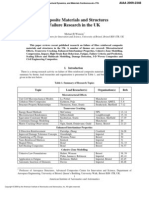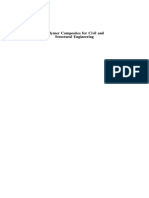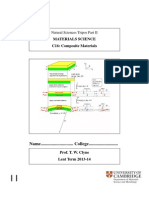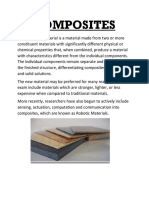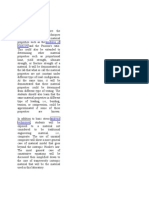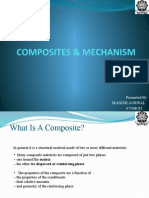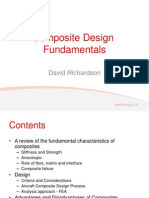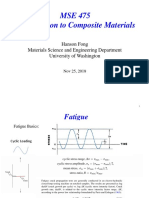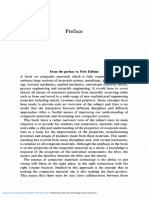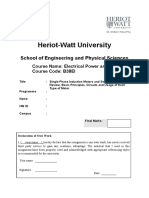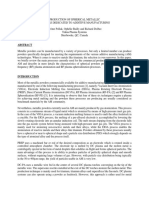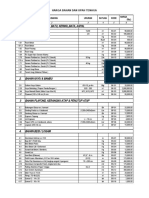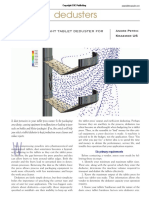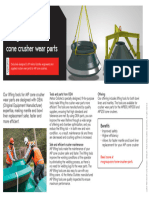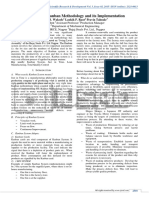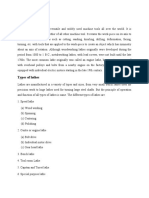0% found this document useful (0 votes)
23 views6 pagesContents
This document appears to be the contents page of a book on composite materials. It lists 8 chapters that discuss various topics related to composite material design and analysis, including: fibres and matrices, fibre architecture, elastic deformation of composites, stresses and strains in short-fibre composites, the interface region, strength of composites, failure modes of long-fibre composites, and failure of laminates and tubes. The contents page provides an overview of the subsections in each chapter to give the reader an idea of what topics will be covered.
Uploaded by
Nicole RodriguezCopyright
© © All Rights Reserved
We take content rights seriously. If you suspect this is your content, claim it here.
Available Formats
Download as PDF, TXT or read online on Scribd
0% found this document useful (0 votes)
23 views6 pagesContents
This document appears to be the contents page of a book on composite materials. It lists 8 chapters that discuss various topics related to composite material design and analysis, including: fibres and matrices, fibre architecture, elastic deformation of composites, stresses and strains in short-fibre composites, the interface region, strength of composites, failure modes of long-fibre composites, and failure of laminates and tubes. The contents page provides an overview of the subsections in each chapter to give the reader an idea of what topics will be covered.
Uploaded by
Nicole RodriguezCopyright
© © All Rights Reserved
We take content rights seriously. If you suspect this is your content, claim it here.
Available Formats
Download as PDF, TXT or read online on Scribd
/ 6










